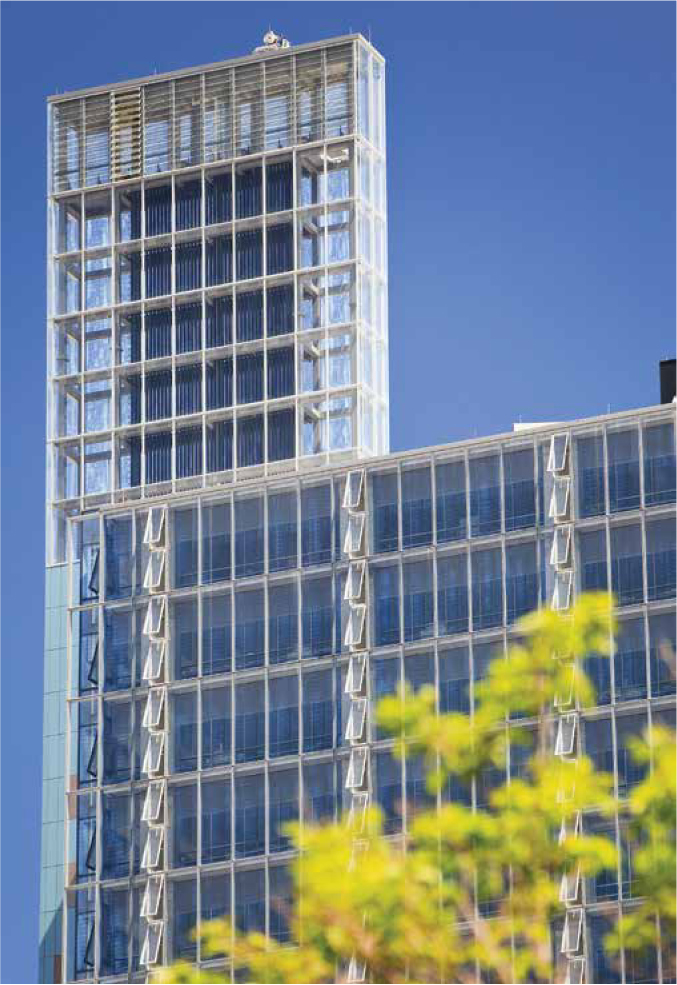26.4 Environmental justice requires engaged citizens.
Energized by their successful riverside park project, Carter and her neighbours formed a nonprofit called the Sustainable South Bronx (SSBx). The group immediately set its sights on an even grander vision: they would create a greenbelt around the entire community—2.4 kilometres of waterfront greenway, 5 hectares of new waterfront open space, and 14 kilometres of green streets (those with landscaped medians)—all connected by an interlinking system of bike and pedestrian pathways that stretched from the Hunts Point Riverside Park, around the South Bronx’s winding edges, all the way to the existing 162 hectare park on Randall’s Island. They would also disassemble the Sheridan Expressway and turn it into over 11 hectares of additional parkland, some of which they would designate as conservation easements—tracts of land that the city would sign a legally binding agreement not to develop.
It was an ambitious agenda indeed—an expensive one, too—and would require the support of administrators and elected officials from the Bronx to Manhattan to the state capital in Albany. “There is a big fear that environmental justice is fiscally irresponsible,” says Carter. “People running the city think ‘how can we spend money on parks when we’re coming up short on schools, and clinics, and job training, and health care?’ What they don’t realize is that parks can actually help with those things, too.” Parks not only increase community pride, but also create green jobs and improve health.

Convincing community members of these benefits would prove as difficult as convincing legislators. Getting them to come out and oppose a landfill was one thing; area residents knew all too well what another trash heap would do to their neighbourhood. But getting them to support a park? They had more pressing concerns. Theirs was the poorest congressional district in the city; at that moment, more than 20% of residents were unemployed. And their neighbourhood hadn’t had a waterfront park in more than 60 years, let alone an entire greenway. Why bother now? “We’d ask people, ‘What would you like to see in your neighbourhood?’ and they really didn’t have an answer,” Rodriguez says. “They’d never been asked that question before. It was as if having parks was too far in the future for them.” In fact, the SSBx vision folded readily into a growing movement aimed at making cities more environmentally friendly and socially equitable. New Urbanism, as the movement is called, maintains that cities (both now and in the future) have the capacity to reduce our per-person ecological footprint, even as they improve the quality of life for people, provided they are designed properly. New examples of this type of community are already cropping up—one of the biggest in North America is McKenzie Towne in southeast Calgary, designed to provide plenty of green spaces, public transportation, and a variety of businesses within walking distance that limit the need for a car.
484
On top of the carbon savings, the consensus emerging from environmental scientists, sociologists, and economists is that the future lies in cities—that’s where most people will live and perhaps is where most people should live. Cities promote interaction among a diverse group of people. This promotes the exchange of ideas and lessens cultural and economic barriers.